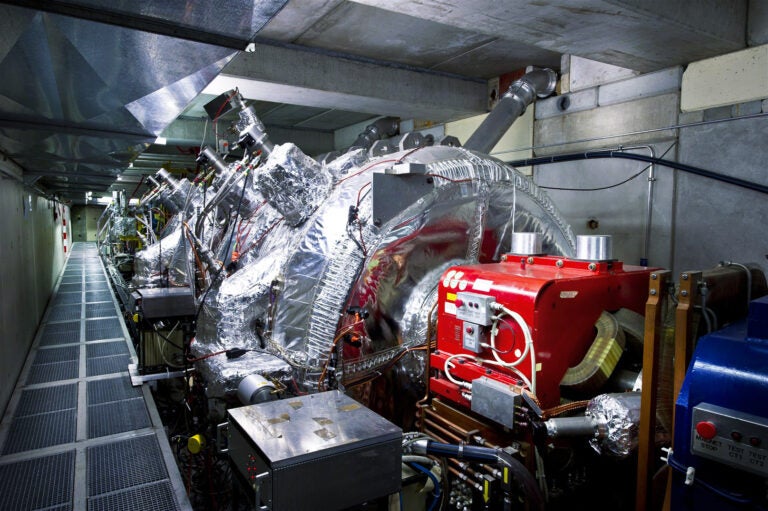Astronomers think about one in 20 near-Earth asteroids are comets that have lost their ability to outgas — either by exhaustion of their volatiles or by a surface crust that overlays and prevents the interior ices from vaporizing. Four asteroid-like objects that have occasionally exhibited comet-like activity — Chiron, Elst-Pizarro, Echeclus, and Wilson-Harrington — are designated as both an asteroid and a comet.
Images and data from missions to comets Halley, Borrelly, Wild 2, and Tempel 1 suggest cometary nuclei are darker than charcoal; have surfaces no stronger than a weak soufflé; and have very fine silicate dust particles mixed with larger grains consisting of mostly water ice. When the comet ap-proaches close enough to the Sun, the icy material vaporizes, releasing entrained dust particles. This process creates the comet’s atmosphere (or coma). The commonly seen dust tail forms when the pressure of sunlight pushes the dust particles away from the Sun. The gas tails form when the ices vaporize. These gases become charged as a result of the Sun’s ultraviolet radiation, and they interact with the continuous high-speed stream of charged solar-wind particles.
Current terminology restricts the term comets to those icy objects that get close enough to the Sun to induce vaporization. However, any number of outer solar system objects — including Pluto, Kuiper Belt objects, and many icy satellites of Jupiter, Saturn, Uranus, and Neptune — would become comets if they were to venture into the inner solar system and begin vaporizing. Once a comet exhausts its ices, it can either disintegrate into meteor-stream material or become an inert ex-cometary “asteroid.” Presumably, these objects would, like their active parent comets, be fragile and porous.
Most asteroids are fragments from asteroid collisions. Some of the large colliding asteroids formed with iron cores surrounded by solid rocky mantles and upper layers of looser rocky material. Upon collision, the resulting fragments can be iron, solid or shattered rock, or collections of looser material.
Stony asteroids are most common in the inner region of the main asteroid belt between the orbits of Mars and Jupiter. Most asteroids in the outer belt region — on the Jupiter side of the belt — are likely mixtures of more fragile clay minerals and carbon compounds. Not surprisingly, some of these farther-out asteroids are dark and have spectral similarities with the surfaces of dark comets.
So, it’s probably best to think of comets and asteroids as a continuum of small bodies in the solar system. These bodies range from active, icy comets to wimpy, ex-cometary fluff balls to rubble-pile asteroids of rocky material, and finally, asteroids of shattered rock, solid rock, and even slabs of solid iron.









